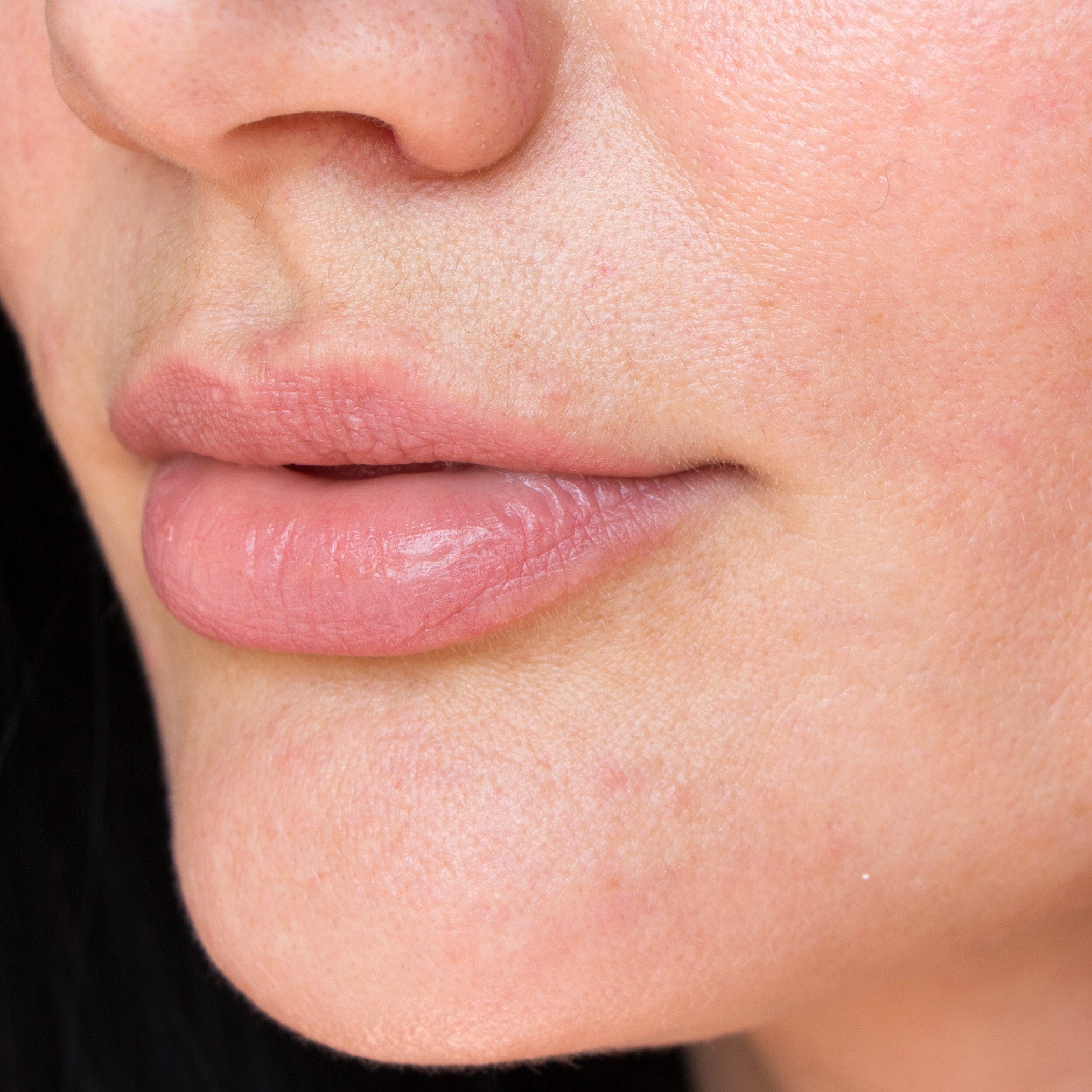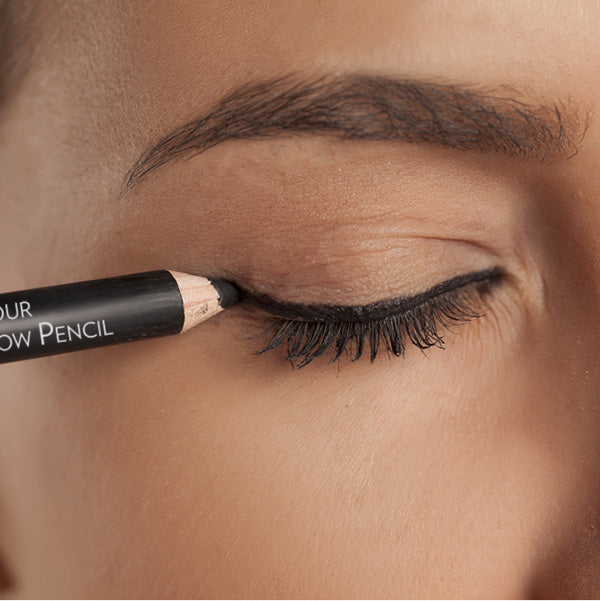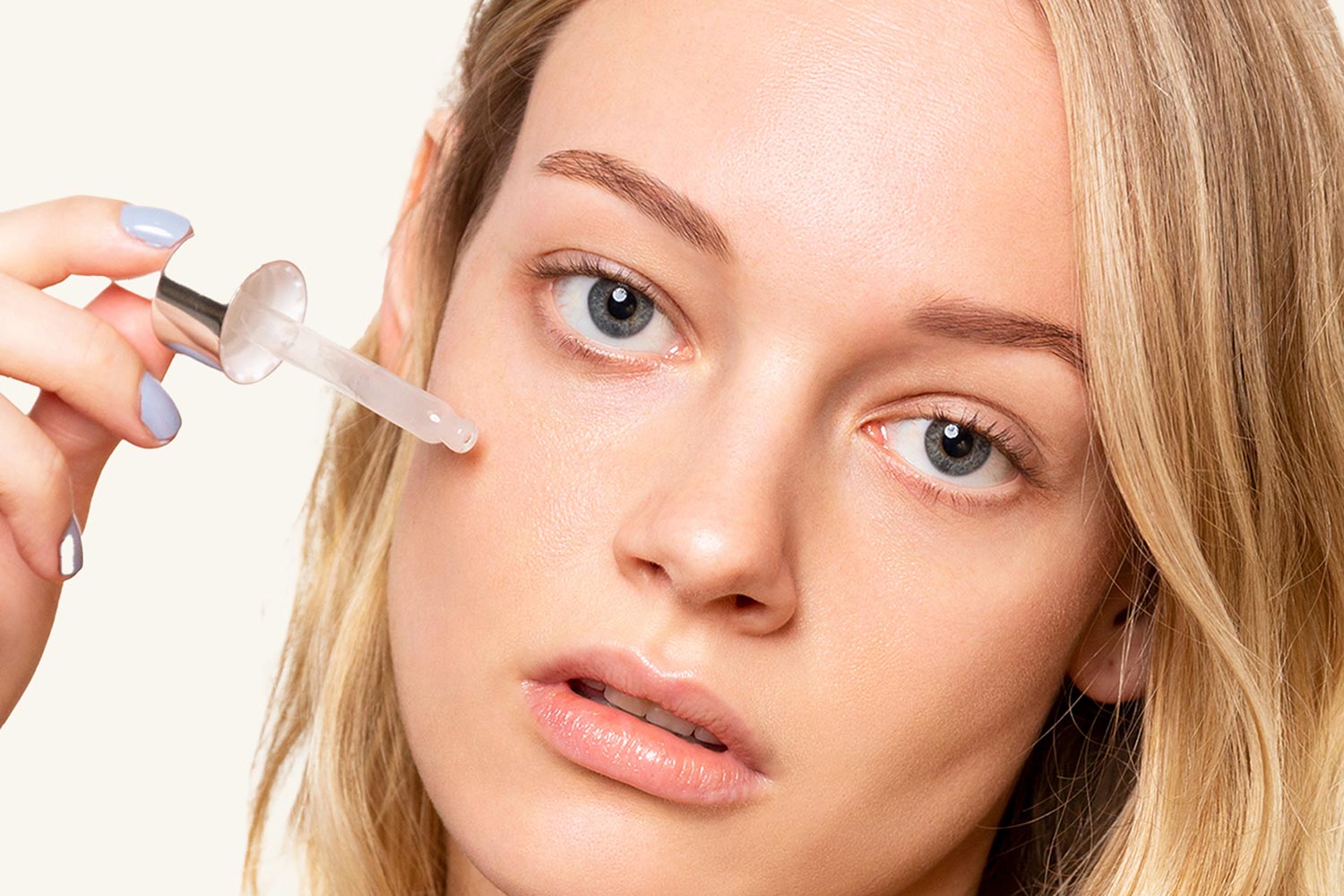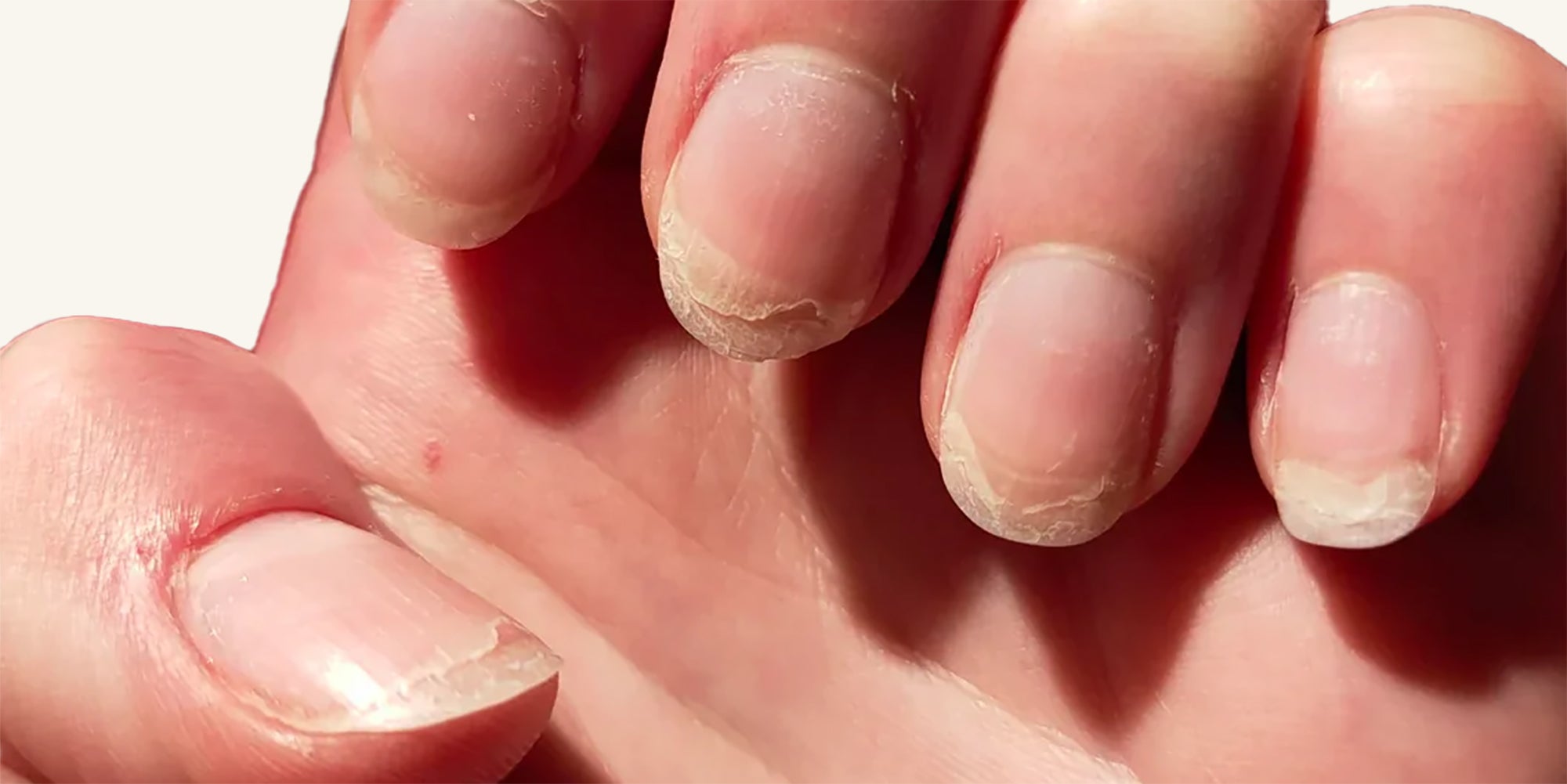
How to Repair Your Damaged Skin Barrier
Hands up if you’ve ever done something that has made your skin throw an absolute stinging tantrum.
Let me guess, too much exfoliation. Or did you start using too many irritating active ingredients at the one time or simply using a product which is not right for you. Maybe you’ve had a cold after jogging and too many tissues have left their mark.
Here is my step-by-step guide to identifying and managing an upset skin barrier.
What is your skin barrier?
We all know our skin is made up of layers, each of which performs a protective function for your body. The outermost layer or ‘stratum corneum’ is your skin barrier and consists of tough skin cells called corneocytes.
These dead skin cells contain keratin and natural moisturizers and between each cell in the lipid layer you will find cholesterol, fatty acids, and ceramides.
I think of our skin as a remarkable organic suit of armour and without it, all sorts of potentially harmful pollutants and environmental pathogens would penetrate our body. Can you image the dehydration you would experience without your skin barrier as the water inside your body would escape.
While evolution has been kind in giving us a fit for purpose skin barrier, it is essential to protect and keep it in good health so it will function properly.
You’ve messed up your skin barrier, what now?
You know your skin barrier has been distressed when your skin becomes:
- inflamed and flaky
- unnaturally shiny or textured
- your pores are more visible
- sensitivity and stinging with any contact, just like sunburn!
- you get spontaneous breakouts
As always, if any of these indications really concern you or you have other skin related issues, see your dermatologist.
How to Repair Your Barrier
Here’s a step-by-step guide on how to fix it.
1: Stop your normal routine, especially deep cleansing or exfoliation.
If your skin is crying out, it needs a rest and time to settle down and rejuvenate.
Your skin barrier has 10 to 20 flattened layers of dead cells with a very important function, acting as a barrier between your more delicate living cells and the outside world.
It also keeps water from evaporating and helps your skin remain supple and flexible, and stopping from cracking.
If you remove too many layers of deep surface level skin cells by peeling, exfoliation or rubbing, the result is a thinner barrier. It’s like you’re giving yourself a mild burn and we all know how irritating that can be.
So, the first move is to stop stripping back what skin barrier you have left, especially peels or exfoliants.
Check your cleanser ingredients and if it causes stinging, give it a rest.
And of course, reassess any active ingredients for a while such as Retinol or Vitamin C. Patience really is a virtue at this time.
Cut out any physical rubbing from towels, pillowcases or your fingers.
For guys, shaving can be a major problem so it may be an idea to be extremely gentle with the razor or go for the ‘stubble look’.
2: Use simple hydrating products
Hydrated skin repairs and feels better so a moisturiser is still really important.
My mantra is ‘keep it simple’ and when it’s time to re-introduce products, whether it is your usual moisturser, an oil or even Sorbelene cream, start light and build up to something more nourishing. Experiment slowly as this will reveal the product which works best for you.
The key is to find a product that is comfortable, does not sting and can therefore be used consistently.
As your skin may feel like it is dying of thirst, avoid the temptation to overdo it.
Balance & Replenish Light Moisturiser with Calendula, Red Mandarin & Pumpkin
Learn more about Balance & Replenish Light Moisturiser with Calendula, Red Mandarin & Pumpkin
3: Restart your serums
In the recovery phase your skin will definitely benefit from restarting with products that promote collagen production such as niacinamide and chamomile.
4: Restart your normal routine
While you will want to be super patient and cautious, you generally know what your skin will tolerate.
Once your skin has stopped stinging, feeling a bit more resilient and largely back to normal, slowly start again with your skincare routine.
Daily Revitalise Cleansing Crème with Lemon Myrtle, Papaya and Coconut
Learn more about Daily Revitalise Cleansing Crème with Lemon Myrtle, Papaya and Coconut
It’s common sense but start using really gentle products. No weekly peels, concentrated exfoliants, or 20% Vitamin C (I would never recommend this). As you have now experienced, it can take weeks or months to recover, so you want to exercise patience.
For example, you’ll want to start off with low concentrations don’t use high concentrations just for the sake of higher concentrations. Like I’ve said before, it’s a myth that higher concentrations are always better.
Gentle chemical exfoliants with ingredients like lactic acid and gluconolactone are preferable to those with glycolic acid, since these ingredients are a bit larger and their molecules don’t get into the skin as quickly. This cuts down on any potential irritation.
With any product you should try to introduce it really slowly. There are lots of different ways of doing this.
First, you can try using less of the product. You can measure out your product on your hand and dilute it with a different product (e.g. a moisturiser) to help it spread.
You should also start off by using the product less often, such as every couple of days instead of every single day.
When you’re starting, you can also wash off the product after five minutes instead of leaving it overnight. This cuts down the contact time between the ingredient and your skin.
When you’re using irritating products, it’s also good to make sure that the rest of your products are very gentle. Including moisturisers and soothing products in your routine along with gentle cleansers can help a lot!
Sylvie xx







